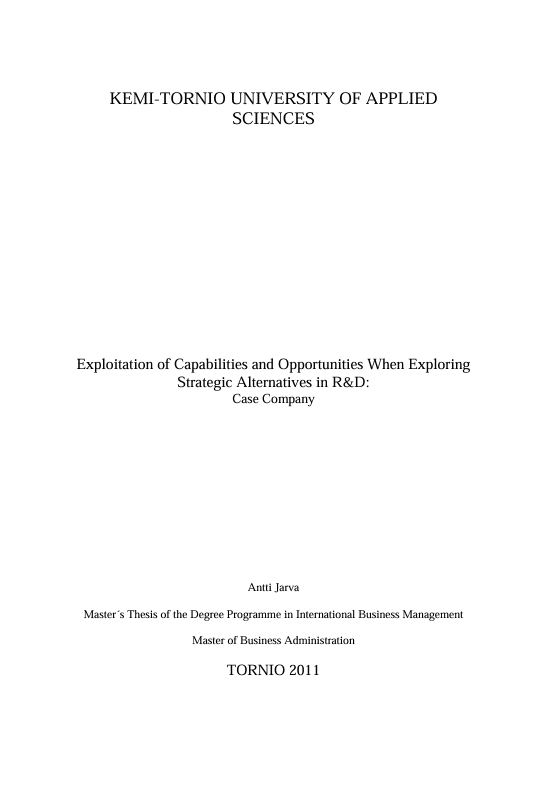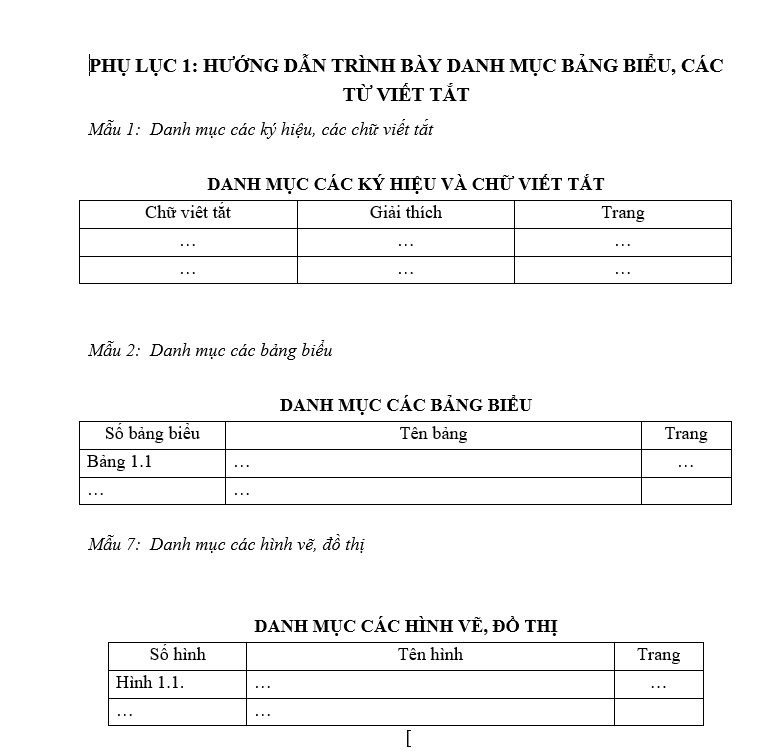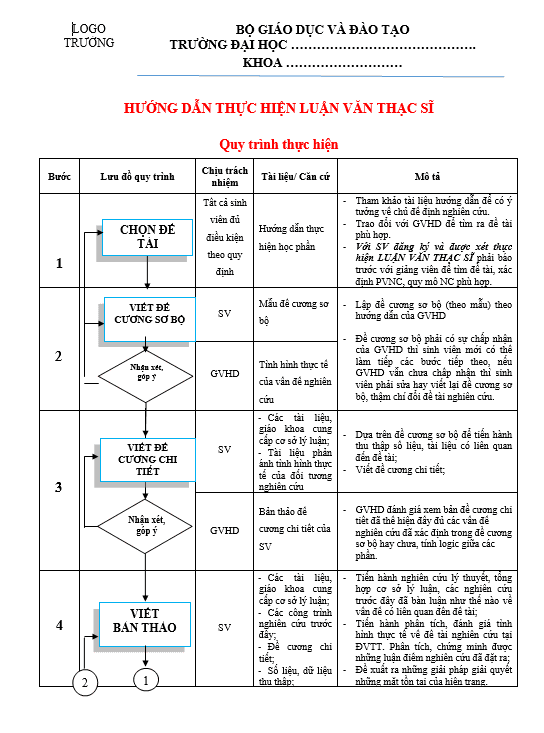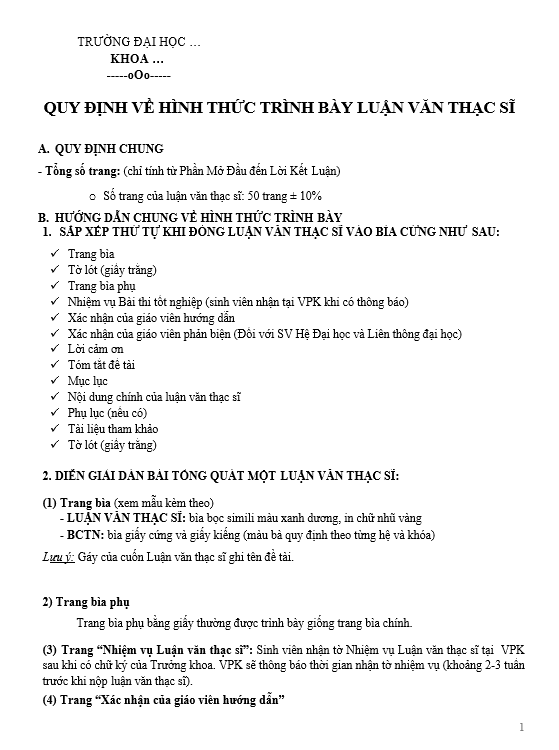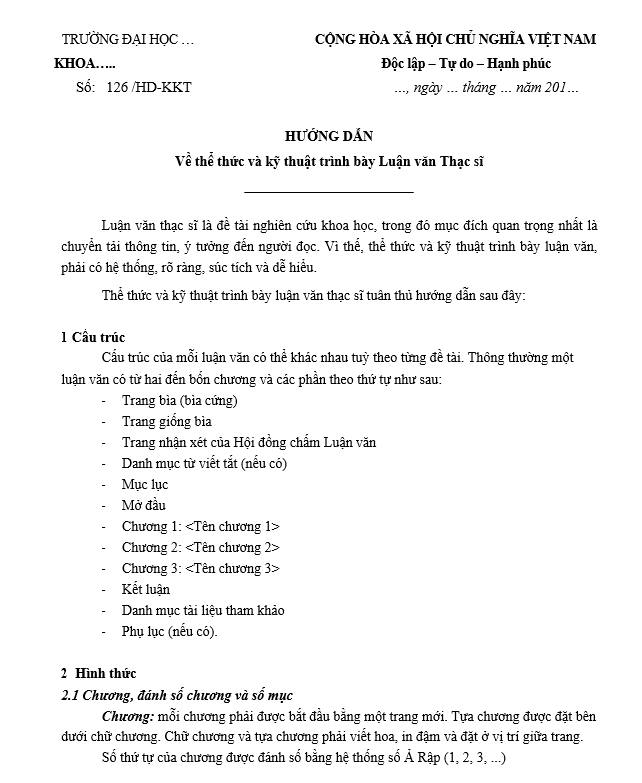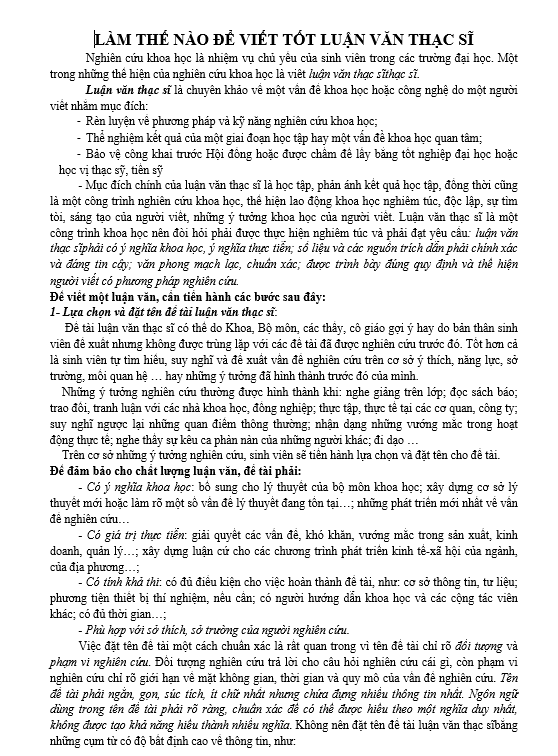CONTENTS
ABSTRACT ………………………………………………………………………………………………………. 2
ABBREVIATIONS ……………………………………………………………………………………………. 3
1 INTRODUCTION ……………………………………………………………………………………….. 6
1.1 Motivation and Background ………………………………………………………………………….. 6
1.2 Research Objectives, Research Questions and Main Findings ……………………………. 6
1.3 Research Methodology and Limitations of Study …………………………………………….. 8
1.4 Structure of Thesis ……………………………………………………………………………………….. 9
2 LITERATURE REVIEW ……………………………………………………………………………. 10
2.1 Strategic Management ………………………………………………………………………………… 10
2.1.1 Generic Strategies ………………………………………………………………………….. 12
2.1.2 Competitor Analysis ………………………………………………………………………. 13
2.1.3 Intangible Resources ………………………………………………………………………. 14
2.2 Knowledge and Organizational Capabilities…………………………………………………… 15
2.3 Capability Development Model and Networking Capabilities ………………………….. 17
2.4 Self-organizing Teams ………………………………………………………………………………… 19
3 ANALYTICAL FRAMEWORK ………………………………………………………………….. 21
3.1 External Strategic Evaluation ………………………………………………………………………. 21
3.2 Internal Strategic Evaluation ………………………………………………………………………… 22
3.3 Strategic Suggestions ………………………………………………………………………………….. 22
3.4 Opportunities for Improvement ……………………………………………………………………. 22
4 RESEARCH METHODOLOGY …………………………………………………………………. 23
4.1 Qualitative Research …………………………………………………………………………………… 23
4.2 Case Study Research …………………………………………………………………………………… 24
4.3 Data Collection and Analysis Methods ………………………………………………………….. 25
5 CASE EVIDENCE …………………………………………………………………………………….. 27
5.1 External Strategic Evaluation ………………………………………………………………………. 27
5.1.1 Competitive Environment, Technology View ……………………………………. 27
5.1.2 Competitive Strategy Formulation……………………………………………………. 28
5.1.3 Three Generic Strategies …………………………………………………………………. 32
5.1.4 Summary of External Strategic Evaluation ……………………………………….. 33
5.2 Internal Strategic Evaluation ………………………………………………………………………… 35
5.2.1 Case and Parent Company, Organization and Strategy View ………………. 35
5.2.2 Strategic Management in Case Company ………………………………………….. 35
5.2.3 Operative Management in Case Company ………………………………………… 35
5.2.4 Summary of Internal Strategic Evaluation …………………………………………. 36
5.3 Exploration of Strategic Alternatives for Case Company …………………………………. 37
5.3.1 SWOT and Confrontation Matrix …………………………………………………….. 38
5.3.2 Strategic Suggestions ……………………………………………………………………… 41
5.4 Opportunities for Improvement ……………………………………………………………………. 46
6 CONCLUSIONS ……………………………………………………………………………………….. 49
6.1 Motivation and Background ………………………………………………………………………… 49
6.2 Summary of Study ……………………………………………………………………………………… 50
6.3 Suggestions for Future Research ………………………………………………………………….. 53
REFERENCES …………………………………………………………………………………………………. 55
FIGURES ………………………………………………………………………………………………………… 60
TABLES ………………………………………………………………………………………………………….. 61

